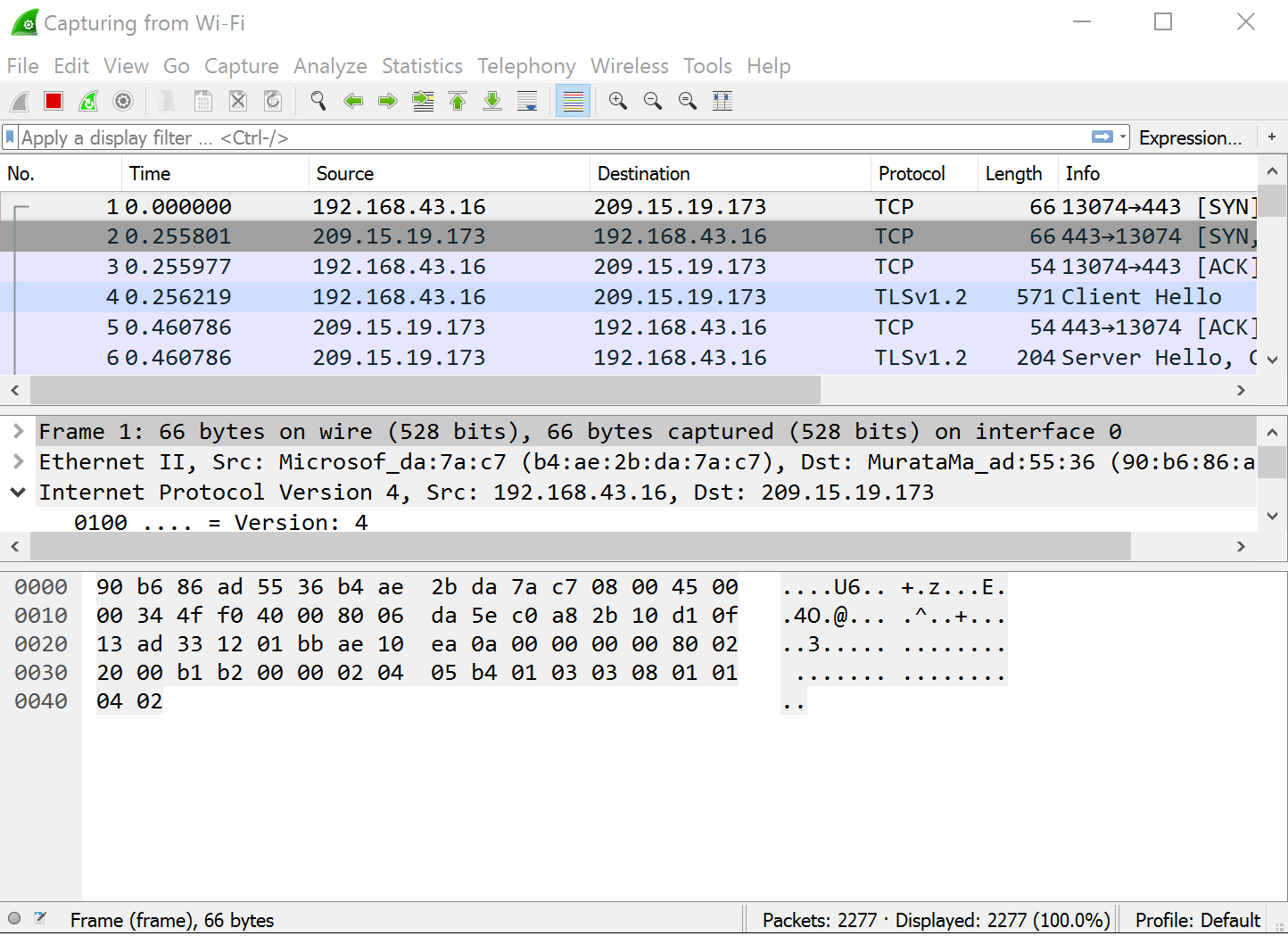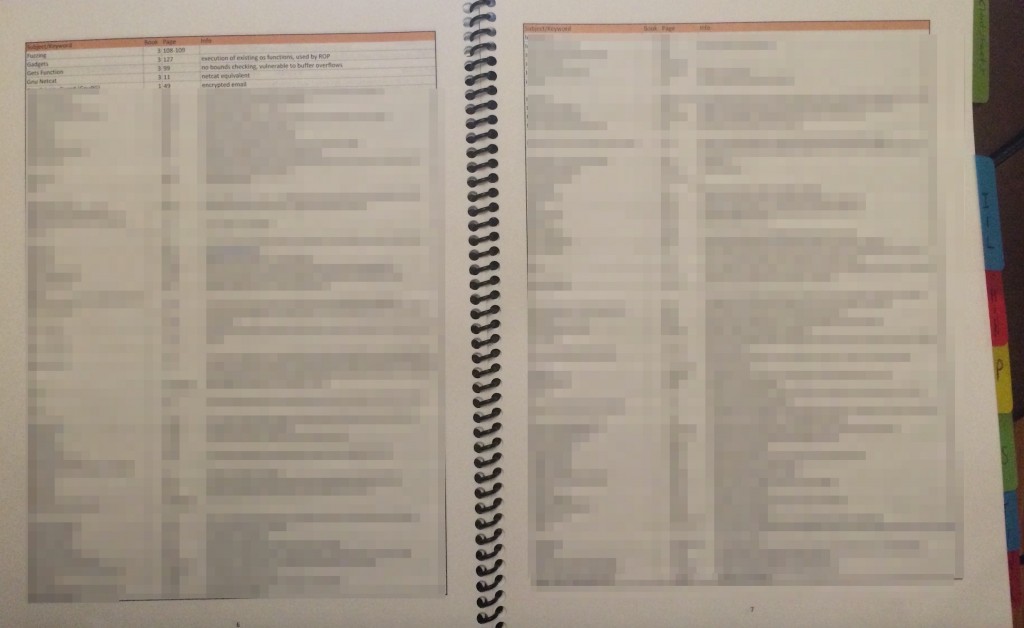It’s that time of year to read countless reviews of the RSA conference. To read the view of someone who has attended many years in a row and is greatly respected for his contributions to the cybersecurity industry, you can read spaf’s post. If you want to know what an RSA first-timer thought of it, you can keep reading (or browse my twitter feed).
Let me start by saying the opening keynote on Tuesday was a spectacle of trolling proportions. A surprise opening speech by the great, no connection to cybersecurity to speak of, Helen Mirren, was followed by a cybersecurity-themed choir song (I wish I was joking). And when one later keynote panelist suggested that developers putting in backdoors should be put into prison (15:30 minutes in on this panel), it was somewhat cringeworthy for, um, well, reasons, but still resulted in a round of applause.
I’m looking forward to some great sessions at #rsac and the level of organization is flawless. But when Helen Mirren gives us an inspirational speech, a cybersec gospel follows, and the first talk is about a utopian future thanks to me, I start to wonder if I’m being trolled. 😂 pic.twitter.com/2QwZR3C4Gg
— Matt Nappi (@mattnappiciso) March 5, 2019
But things got better as I attended other sessions and had the opportunity to hear from legendary cybersecurity contributors and experts. It was an absolute treat to hear Bruce Schneier, cybersecurity royalty and Harvard Kennedy School Lecturer, talk about the role of security technologists in public policy. His keynote was thought-provoking and engaging.
I had the opportunity to attend a two hour incident response (IR) tabletop workshop and I quickly volunteered to facilitate the experience for our table of eight, under the guidance and leadership of the session organizers. Our team of “experts” did some great things along our virtual incident, but in the end we did not apologize enough upfront and paid the hard price of our ‘choose your own adventure’ cyber incident and our CEO was force to resign after a hard hitting television interview (well, he was kind of happy to do so, actually). It was challenging as a facilitator not to jump in with my own advice and opinions, but perhaps the most important lesson I learned was the difference between facilitating and participating in an IR tabletop exercise.
I just participated in a fantastic IR tabletop exercise at #rsac thanks to @withoutfire and author Tom Wiseman. Our rockstar team made some mistakes, but owned them in the end. pic.twitter.com/gAS9lRym62
— Matt Nappi (@mattnappiciso) March 6, 2019
There were many others I got to rub shoulders with, meet and learn from throughout the week. RSA was attended by many industry thought leaders, including the likes of Ed Skoudis, Larry Poneman, Johannes Ulrich, Ron Rivest, John Strand, Alan Paller, Stephen Sims, James Lyne and Paul Asadoorian. I have to plug Strand’s awesome, free threat hunting tool here, named after his awesome, late mother who ensured it will be free forever, RITA. Did I mention that it was awesome and free?
This guy represents everything right about the cybersecurity industry today. @strandjs #rsac pic.twitter.com/eKIedHOWd8
— Matt Nappi (@mattnappiciso) March 8, 2019
The smaller sessions were truly the gems in my opinion, aside from the always noteworthy 5 Most Dangerous New Attack Techniques Keynote. My advice is to spend a couple hours before you attend and create a schedule, pre-register for the sessions you don’t want to miss, but stay flexible throughout the week. One of my favorite sessions was a “fireside” chat between a CISO and published author focused on communicating with the board, which I had no intention of attending. I followed along a fellow CISO colleague (Hi Okey!) and I’m glad I did because some of the unfiltered conversation that ensued during that session resulted in nuggets of wisdom possessed only by extremely experienced professionals (and those who were eavesdropping in on the conversation)! This resulted in my most controversial tweet of the week…
What % of IT budget is spent on security? Most are somewhere between 3%-17%. 3% = hacked and don’t know it. 5-8% = solid program. 17% = big banks that have never been hacked. 10-12% range are companies that were recently hacked. @richardclarke & @aflac SVP Tim Callahan #rsac
— Matt Nappi (@mattnappiciso) March 7, 2019
There was also plenty of sessions that discussed the importance of a diverse and growing workforce within cybersecurity. I had the chance to reflect on how I can personally make an impact in this area, and was able to hear from and meet many others trying to do the same thing on a much larger scale, like 16 year old Kyla Guru.
School age girls are motivated by the potential of making a difference more than “winning” and “money”. But recognition and community membership is vital! @MrsG_Cyber and @MicheleDGuel are killing it at #RSAC on the topic of women in cybersecurity. pic.twitter.com/OqfzWPASCh
— Matt Nappi (@mattnappiciso) March 7, 2019
In summary, San Francisco was a good experience. RSA was a good experience, but I’m sure the excitement of rubbing shoulders with the who’s who of cybersecurity will be gone the second time I go. And the vendors? Noticed I haven’t mentioned them? They weren’t there. SIKE. They were everywhere and working HARD to be noticed. Surprisingly, though, you can spend as much or as little time as you wanted with them because they had over 40,000 targets and droves of folks that were lining up to talk to them. So, I spent some time talking to the vendors I cared about at this moment in time, spent an hour or two learning about new vendors, and now I’m all set to ignore their phone calls for at least another 6 months.
RS-YAY or RS-MEH? I would say…RS-OKAY. I will be back. But not next year. Once every 2-3 years would be perfect in my book.
Thanks for reading and don’t forget to subscribe.







